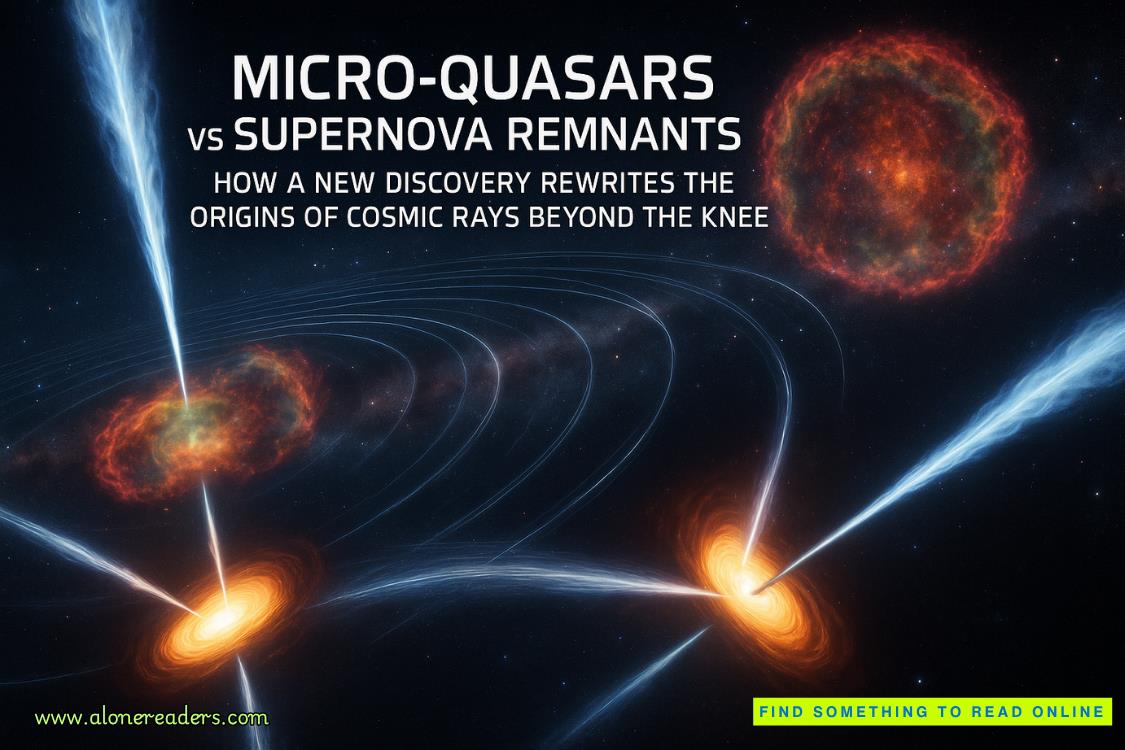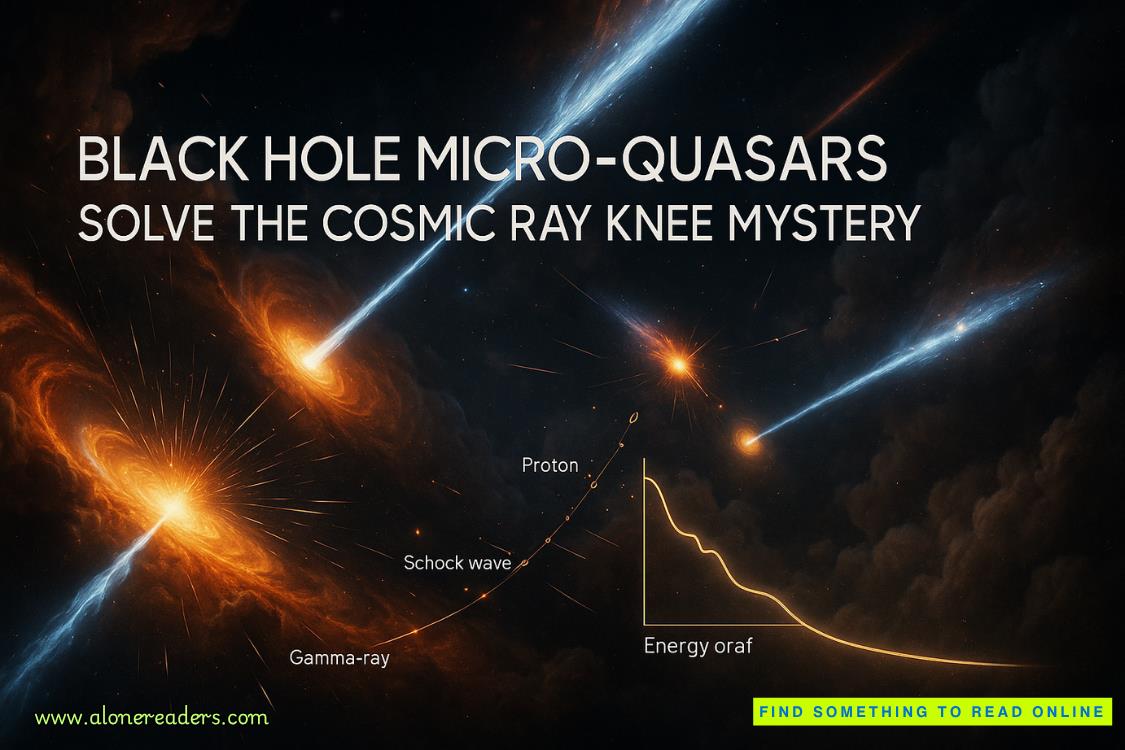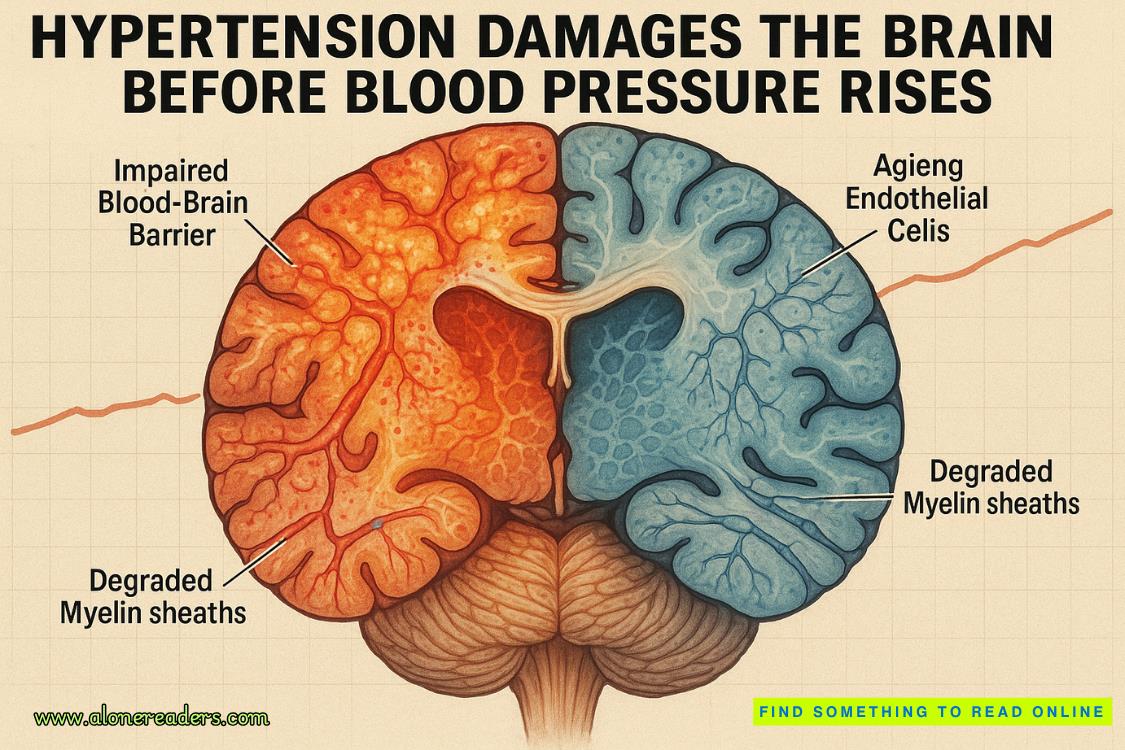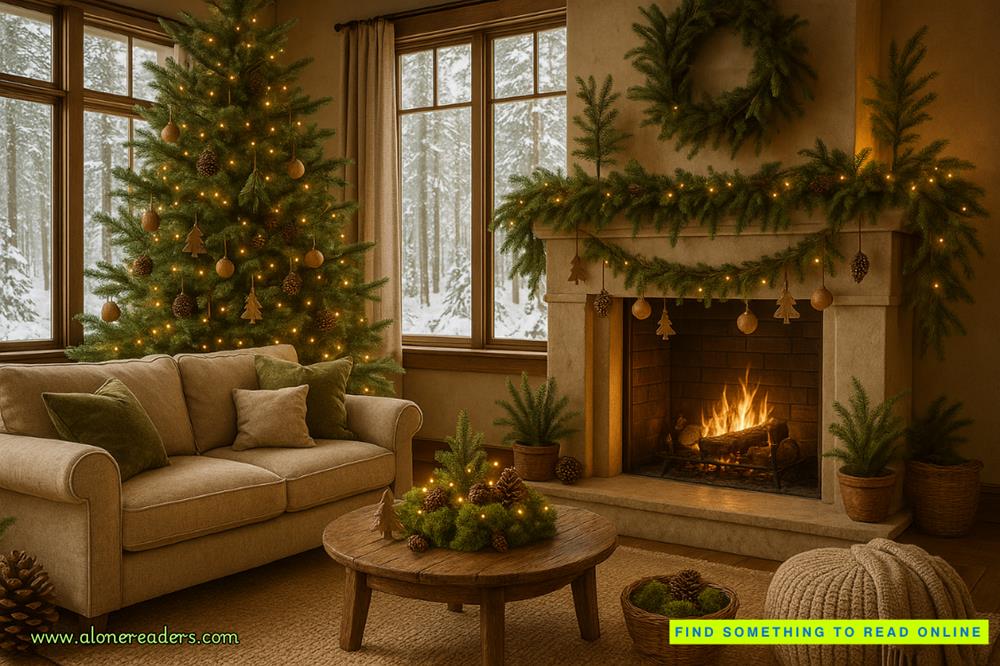Page 3 of Norse Mythology
Vili gave them will; he gave them intelligence and drive. Now they could move, and they could want.
Ve carved the logs. He gave them the shape of people. He carved their ears, that they might hear, and their eyes, that they might see, and lips, that they might speak.
The two logs stood on the beach, two naked people. Ve had carved one with male genitals, the other he had carved female.
The three brothers made clothes for the woman and the man, to cover themselves and to keep them warm, in the chilly sea-spray on the beach at the edge of the world.
Last of all they gave the two people they had made names: the man they called Ask, or Ash Tree; the woman they called Embla, or Elm.
Ask and Embla were the father and the mother of all of us: every human being owes its life to its parents and their parents and their parents before them. Go far enough back, and the ancestors of each of us were Ask and Embla.
Embla and Ask stayed in Midgard, safe behind the wall the gods had made from Ymir’s eyelashes. In Midgard they would make their homes, protected from giants and monsters and all the dangers that wait in the wastes. In Midgard they could raise their children in peace.
That is why Odin is called the all-father. Because he was the father of the gods, and because he breathed the breath of life into our grandparents’ grandparents’ grandparents. Whether we are gods or mortals, Odin is the father of us all.
YGGDRASIL AND THE NINE WORLDS
The ash tree Yggdrasil is a mighty ash tree, the most perfect and beautiful of all trees: also the largest. It grows between the nine worlds and joins them, each to each. It is the biggest of all the trees there are, and the finest. The tops of its branches are above the sky.
It is so large that the roots of the ash are in three worlds, and it is fed by three wells.
The first root, and the deepest, goes into the underworld, to Niflheim, the place that existed before other places. In the center of the dark world is the ever-churning spring, Hvergelmir, so loud it sounds like a roaring kettle. The dragon Nidhogg lives in these waters, and it is always gnawing at the root from below.
The second root goes to the realm of the frost giants, to the well that belongs to Mimir.
There is an eagle who waits at the highest branches of the world-tree and who knows many things, and a hawk, who perches between the eagle’s eyes.
A squirrel, Ratatosk, lives in the branches of the world-tree. It takes gossip and messages from Nidhogg, the dread corpse-eater, to the eagle and back again. The squirrel tells lies to both of them, and takes joy in provoking anger.
There are four stags who graze on the huge branches of the world-tree, devouring the foliage and the bark. There are uncountable snakes at the base of the tree, biting at the roots.
The world-tree can be climbed. It is from this tree that Odin hanged himself in sacrifice, making the world-tree a gallows and himself the gallows god.
The gods do not climb the world-tree. They travel between the worlds using Bifrost, the rainbow bridge. Only the gods can travel on the rainbow; it would burn the feet of any frost giants or trolls who attempted to clamber up it to reach Asgard.
These are the nine worlds:
Asgard, the home of the Aesir. This is where Odin makes his home.
Alfheim, where the light elves live. The light elves are as beautiful as the sun or the stars.
Nidavellir, which is sometimes called Svartalfheim, where the dwarfs (who are also known as dark elves) live beneath the mountains and build their remarkable creations.
Midgard, which is the world of women and men, the world in which we make our home.
Jotunheim, where the frost giants and the mountain giants wander and live and have their halls.
Vanaheim, where the Vanir live. The Aesir and the Vanir are gods, united by peace treaties, and many Vanir gods live in Asgard, with the Aesir.
Niflheim, the dark mist world.
Muspell, the world of flame, where Surtr waits.
And there is the place named after its ruler: Hel, where the dead go who did not die bravely in battle.
The last root of the world-tree goes to a spring in the home of the gods, to Asgard, where the Aesir make their home. Each day the gods hold their council here, and it is here they will gather in the last days of the world, before they set out for the final battle of Ragnarok. It is called the well of Urd.
There are three sisters, the norns, who are wise maidens. They tend the well, and make sure that the roots of Yggdrasil are covered with mud and cared for. The well belongs to Urd; she is fate, and destiny. She is your past. With her are Verdandi—her name means “becoming”—and hers is the present, and Skuld, whose name means “that which is intended,” and her domain is the future.
The norns will decide what happens in your life. There are other norns, not just those three. Giant norns and elf norns, dwarf norns and Vanir norns, good norns and bad, and what your fate will be is decided by them. Some norns give people good lives, and others give us hard lives, or short lives, or twisted lives.
They will shape your fate, there at Urd’s well.
MIMIR’S HEAD AND ODIN’S EYE
In Jotunheim, the home of the giants, is Mimir’s well. It bubbles up from deep in the ground, and it feeds Yggdrasil, the world-tree. Mimir, the wise one, the guardian of memory, knows many things. His well is wisdom, and when the world was young he would drink every morning from the well, by dipping the horn known as the Gjallerhorn into the water and draining it.
Long, long ago, when the worlds were young, Odin put on his long cloak and his hat, and in the guise of a wanderer he traveled through the land of the giants, risking his life to get to Mimir, to seek wisdom.
“One drink from the water of your well, Uncle Mimir,” said Odin. “That is all I ask for.”















